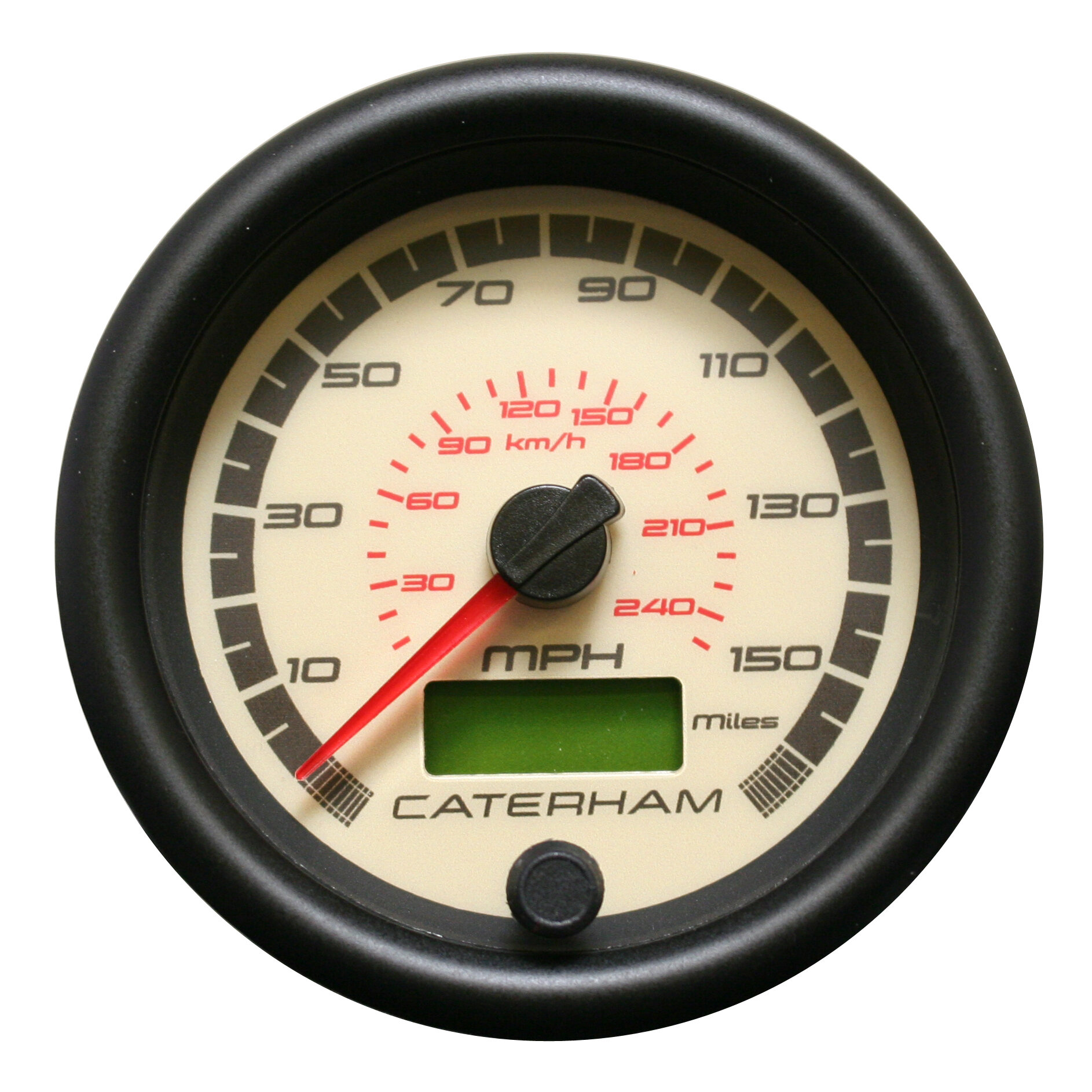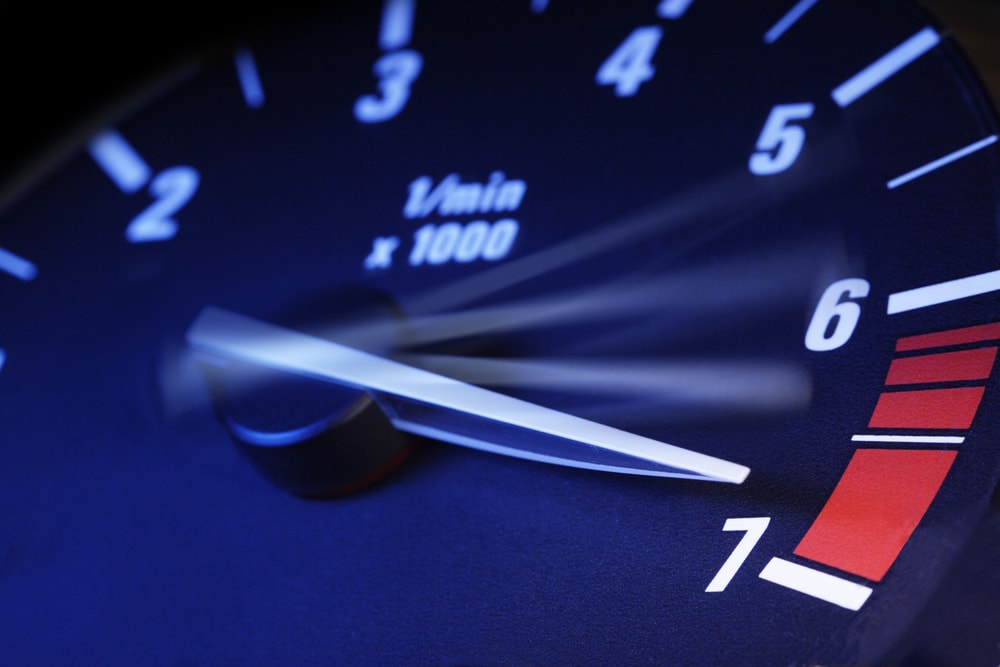Professional Tips for Maintaining and Adjusting Your Tachometer
Professional Tips for Maintaining and Adjusting Your Tachometer
Blog Article
The Relevance of a Tachometer in Keeping An Eye On Engine Speed and Efficiency in Automotive Applications
In the world of vehicle design, the tachometer stands as a crucial instrument in the motorist's toolbox, supplying a straight window right into the internal functions of a lorry's engine. Past its feature as a simple scale of changes per minute (RPM), the tachometer works as a vital device for fanatics and experts alike, using real-time understandings into engine performance and health. Recognizing the relevance of this gadget surpasses surface-level monitorings, delving right into the detailed connection between engine speed, power output, and general driving experience. As we check out the multifaceted role of the tachometer in automobile applications, a deeper admiration for its effect on vehicle dynamics and effectiveness starts to arise.
Importance of Keeping An Eye On Engine RPM
Keeping an eye on engine RPM, or transformations per minute, is an essential element of automobile upkeep and performance examination. Engine RPM straight correlates with the speed at which the engine's crankshaft revolves, indicating how quickly the engine is running - tachometer. By keeping track of RPM, mechanics can evaluate the wellness of the engine, spot possible issues, and fine-tune efficiency. An abnormal RPM reading may indicate problems such as engine misfires, malfunctioning ignition system, or concerns with the gas shipment system. Consistently high RPM readings can indicate aggressive driving habits or the need for a higher equipment change to improve fuel performance.
Additionally, checking engine RPM is important for efficiency examination in auto racing and high-performance automobiles. Preserving optimum RPM levels is crucial for attaining peak power outcome and velocity. Racers usually utilize tachometers to ensure they are operating within the suitable RPM variety for optimum performance. In recap, monitoring engine RPM is not only crucial for spotting issues however likewise for enhancing engine performance in numerous automobile applications.

Benefits of Real-Time Data
In auto applications, real-time data plays an essential duty in providing instantaneous understandings into the performance and problem of the car. By continuously monitoring numerous specifications such as engine rate, temperature level, fuel intake, and more, real-time information provides numerous benefits that contribute to boosted efficiency and safety and security on the roadway.
One considerable advantage of real-time data is its capacity to alert chauffeurs and professionals to any type of abnormalities or issues quickly. This positive approach makes it possible for fast identification of possible problems, permitting prompt treatments to avoid additional damage or break downs. Additionally, real-time data facilitates efficiency optimization by supplying immediate feedback on driving routines and engine performance. Motorists can readjust their actions in real-time based upon this details to accomplish much better fuel economic situation and lengthen the life-span of their automobile.

Additionally, real-time data plays a vital duty in modern auto diagnostics, making it possible for professionals to quickly identify and attend to breakdowns. This leads to reduced downtime, reduced maintenance costs, and eventually, enhanced total lorry dependability and longevity (tachometer). By taking advantage of the power of real-time information, vehicle stakeholders can make informed choices that positively impact both the performance and long life of the automobile
Effect on Equipment Shifts
Effective equipment shifts in auto applications significantly affect overall performance and driving experience. The tachometer plays a critical function in enhancing gear changes by providing real-time engine speed information to the chauffeur. When approaching the redline on the tachometer, it indicates the motorist to upshift to stop over-revving the engine and creating potential damage. On the various other hand, downshifting at the ideal moment can aid preserve the engine in its Resources power band, ensuring responsive acceleration when required.
Additionally, the tachometer help in achieving smoother gear shifts, particularly in manual transmissions. By checking engine speed, drivers can perform equipment changes at the optimal RPM variety, decreasing jerking activities and lessening wear on the transmission elements. This precision in gear changes not just enhances driving convenience but likewise contributes to sustain effectiveness.
Enhancing Gas Effectiveness
Provided the important duty the tachometer plays in enhancing equipment shifts for efficiency and engine health, it straight contributes to making the most of gas performance in vehicle applications. By providing real-time responses on engine rate, the tachometer assists vehicle drivers in preserving the most reliable RPM range for fuel economy. When motorists regularly monitor the tachometer and adjust their motoring habits accordingly, they can prevent unnecessary fuel intake triggered by over-revving or lugging the engine.
Furthermore, the tachometer aids chauffeurs recognize the most fuel-efficient gear to be in look here at any provided minute, stopping the engine from working harder than required. This is specifically critical during velocity and cruising, where this being in the appropriate equipment can substantially affect gas effectiveness. Additionally, the tachometer can inform vehicle drivers to possible mechanical issues that might be adversely affecting gas economic climate, such as a slipping clutch or a clogged up air filter. In conclusion, the tachometer functions as an important tool in improving gas efficiency by advertising optimal driving habits and identifying areas for improvement in the vehicle's performance.

Optimizing Engine Durability
The tachometer's duty in monitoring engine speed and efficiency is crucial in making sure the longevity of auto engines. By using the tachometer properly, chauffeurs can optimize engine durability through mindful RPM administration. Constantly revving an engine too high can result in too much damage on critical parts, such as the pistons, valves, and bearings. In time, this can cause decreased engine efficiency and possible breakdowns. Monitoring the tachometer enables motorists to remain within the suggested RPM range for their car, stopping unnecessary strain on the engine and expanding its lifespan.

Conclusion
Finally, the tachometer plays a critical role in keeping track of engine rate and performance in vehicle applications. By providing real-time information on RPM, it permits reliable equipment shifts, boosted fuel efficiency, and maximized engine longevity. This tool is vital for keeping optimum engine efficiency and ensuring the general capability of an automobile.
Report this page